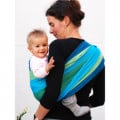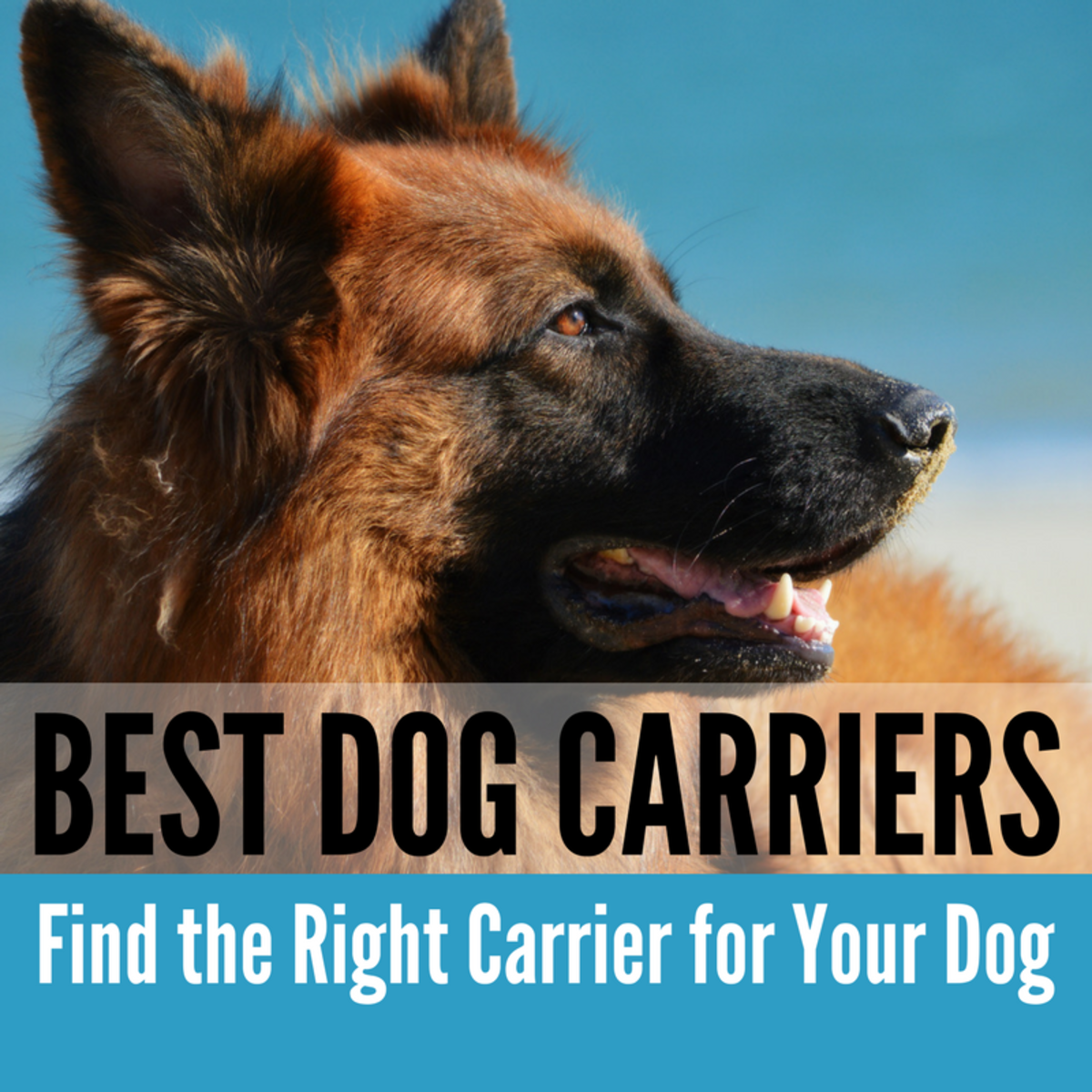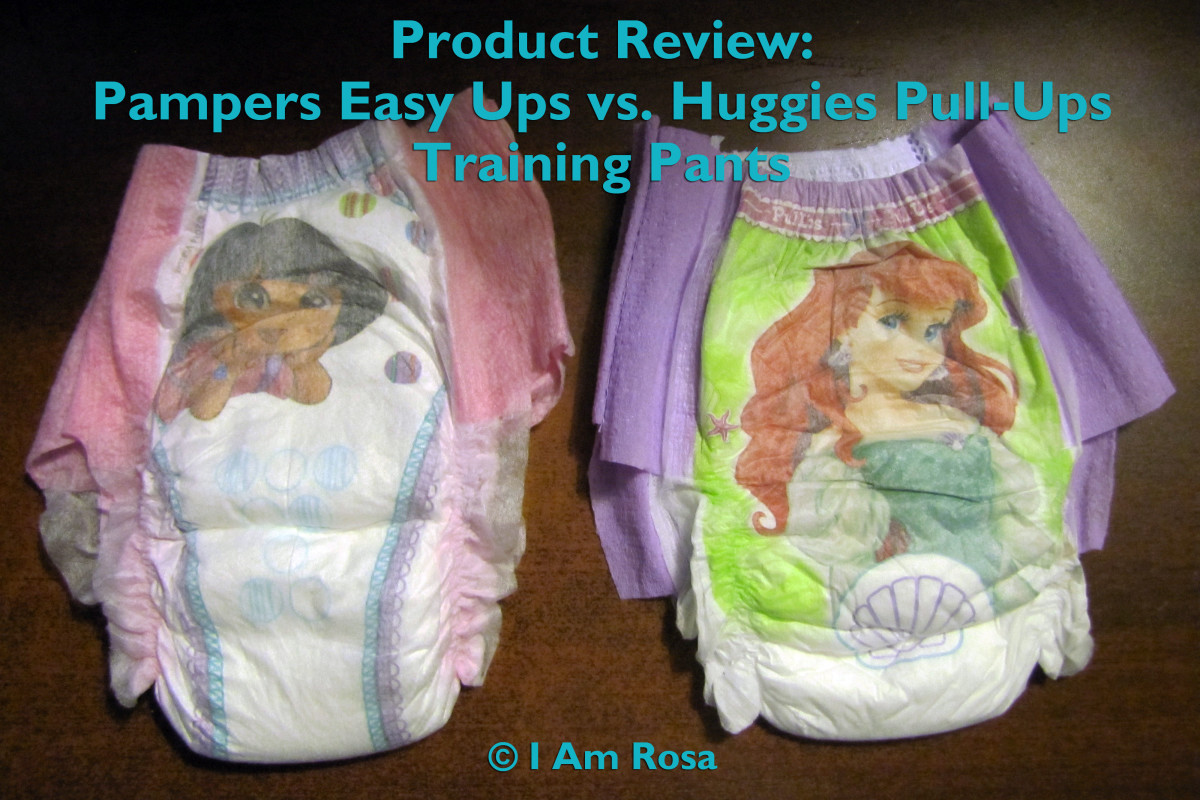Which Baby Carrier is Right for You?

Why You Need a Carrier
Whether you're pregnant with your first child or you already have little ones wreaking havoc on your household, you've probably figured out it's useful to have something to put your child in while you do chores, run errands, and pick her siblings up from school. Having your child in some type of carrier can free your hands up to make dinner or play with other children. It can also keep those exploratory crawlers from upending the display of glass figurines in that boutique you love so much. When my children were babies, I went through many a carrier trying to find the ultimate in ease, comfort, packability, and speed. I've tried a lot of them and discovered what works best in one situation may fail miserably in another. Slings are great for throwing on while you run in and get milk at the grocery store but not so great for a four-mile hike, for instance. To help you eliminate some of the trial and error I experienced, here's a run down of how different types of carriers work and the pros and cons of each.

Slings
Slings are my carrier of choice. They aren't perfect, but they fit best with my babies and my lifestyle. I love how quickly I can pull one over my head, pop the baby in, and go. Most slings will hold a baby 8-30 pounds, but always check the instruction manual for your sling's specific requirements.
Pros
- Inexpensive
- Very portable - easy to wad up and cram into a diaper bag
- Easily washable
- Come in a lot of fun designs and colors
- Baby can be worn in several different positions, depending on age.
Cons
- Can cause shoulder and back pain if worn for long periods or with heavier babies
- Baby is not totally secure if you bend over
- Very few to no pockets for other stuff besides baby.
There are three main types of sling
Sized Sling
These come in sizes depending on how big the adult wearing the sling is. Whatever size is right for you, should work with your baby until he outgrows riding in a sling. The great thing about these is, you don't have to adjust them. It's incredibly quick to pull it over your head, pop baby in, and go, especially once you've had a little practice. The downside is, you and your spouse probably won't be able to share the same sling, and, if your size changes (as so many of ours do post-pregnancy) you may find yourself needing a new size after a few months.
Ring/Adjustable Sling
Adjustable slings use a ring or adjustable clasp so the sling can be adjusted to any size. This way, you can adjust for your spouse, grandparent, friend, or your own changing size. The downside is, you may find yourself messing with adjustments when you'd rather just get in and get out of the store already.
Wrap Sling
A wrap carrier is a length of soft material you wrap around your waist and shoulders to secure baby to your front or on your hip, tying the ends together for security. Baby is more secure in a wrap than a standard sling, but I've heard many an expletive escape the lips of parents trying to wrap these lengths of fabric around themselves in a parking lot. They definitely take some practice getting on.
Sling Links
The Peanut Shell is my favorite maker of slings. They make both adjustable and sized slings in a variety of fabrics and prints.
Also, check out Google's search results for a variety of sling options.
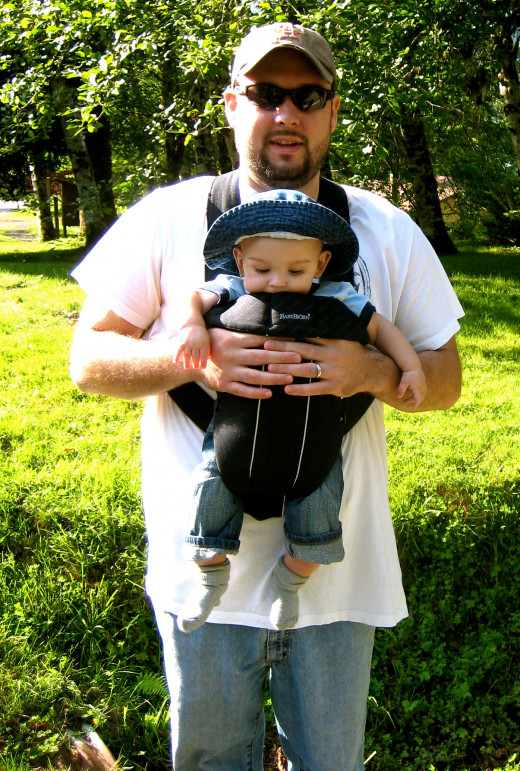
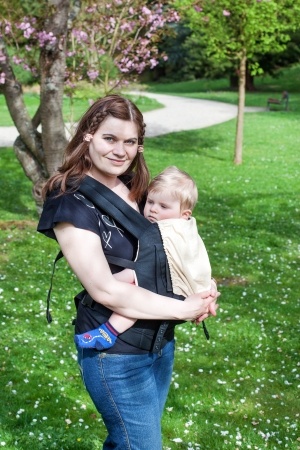
Semi-Structured Carriers
Semi-structured carriers have more stiffness, straps, and buckles and less flowy material than slings. They are one of the more common type of carrier you see parents wearing.
Pros
- Baby is very secure.
- Can be worn in a variety of positions
- Some have pockets for keys, wallets, etc.
- Some babies prefer the upright, stretched out position of these.
Cons
- Can be difficult to get into, especially without help
- More expensive than slings or wraps
- Less packable than slings
The two main brands for this type of carrier are Baby Bjorn and Ergo.
These are great when babies are little, but both my husband and I found our backs killing us once our first son got to twelve or so pounds. The Bjorn has no waist strap, so all of the weight is on your shoulders and back, especially when you bend over. The baby can face your chest or face out, but there is no backpack option with a Bjorn. Living in Texas, we also found the Bjorn to be really hot, but since then, they've come out with one made of lighter, more breathable fabric, which would be great for warmer climates.
This was by far the most comfortable carrier I ever wore. It's rated for kids up to forty-five pounds, and I actually trekked my three-and-a-half year old all over New York in one. The comfort is due to the waist strap, which distributes some of the weight to your hips. The Ergo can be worn in front, back, or on the side, though I found the side option fairly uncomfortable, with the strap pressing into my neck. The back option is very comfortable, but I never could get the hang of putting a baby in it that way without help. Once a child is older and can help some, getting into the back carry position solo is a bit easier. The Ergo has the widest weight range of any carrier I've seen (7-45 pounds.) There is a newborn insert you can purchase for babies under eight pounds. Ergo also has a variety of pouches you can attach to their carriers for keys, wallet, a diaper, or even lunch! The biggest downside to Ergo, and the main reason I didn't use it on a daily basis was how difficult it was to get into. I saved it for hikes and trips to the Big Apple.
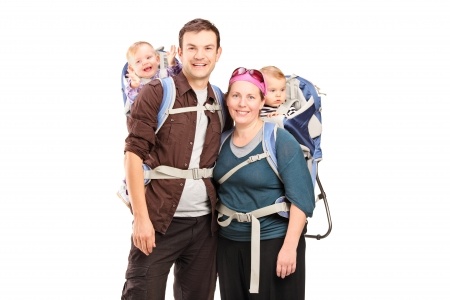
Favorite Carriers
What's your favorite baby carrier?
Hard-framed Backpacks
Hard-framed backpacks typically have a rigid outer metal frame and are designed for the more seriously back-packing parent.
Pros
- Rigid frame allows pack to be set down with child still in it.
- Lots of storage pockets
- Waist straps to distribute baby's weight to your hips
- Many work with children up to 48 pounds.
Cons
- Babies must be able to hold their heads up, usually six months or older.
- Bulky for every day transportation and storage
Hard-framed Backpacks from REI
- Child Carrier Backpacks at REI.
Child Carrier Backpacks at REI - FREE SHIPPING With no minimum purchase. . Top quality, great selection and expert advice.
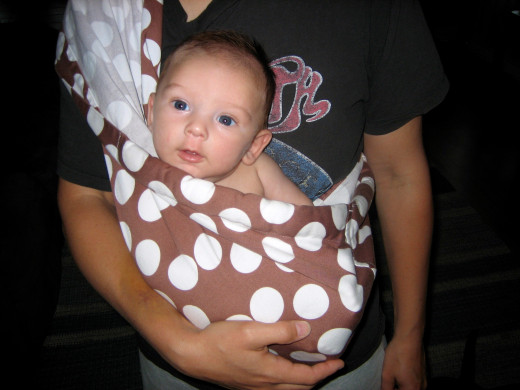
Baby Carriers in a Nutshell
Whether you choose an adjustable sling or a hard-framed backpack depends entirely on your lifestyle and your baby's personality. Because baby's preference largely figures into the decision, I'd advise you to wait until your baby is born to purchase a carrier. I was so excited to use a sling with my first baby, but he was less than thrilled being crunched up in one. He preferred the Bjorn until he was older and could ride sitting up in the sling. It's always helpful if you can borrow a carrier from a friend or try one on in the store with your baby before purchasing to be sure it's right for you. Also, not all pro's and con's are created equal. I found with some carriers, their only downside was being difficult to get in and out of, but that's a biggie. You probably aren't going to use it as much if it takes your fifteen minutes of contortions to get into. And you may find the right carrier for you changes over time with your changing needs and your growing baby. Long before your child reaches the upper weight limit of most carriers, you'll likely decide your back doesn't want to tote them around any more. Then, it's time for the stroller….but that's another article.
Helpful Baby Carrier Links
- Top Baby carriers | Baby carrier Buying Guide – Consumer Reports
Looking for the top baby carriers? Read our baby carrier Buying Guide from the experts you can trust to help you make the best purchasing decision. - Amazon.com: baby carriers
A variety of baby carrier types on Amazon

